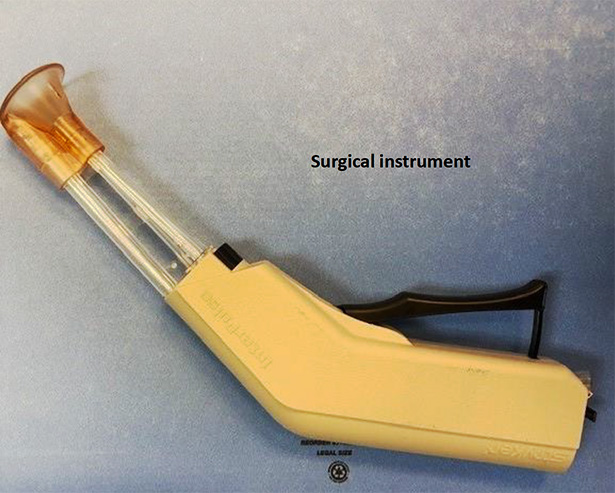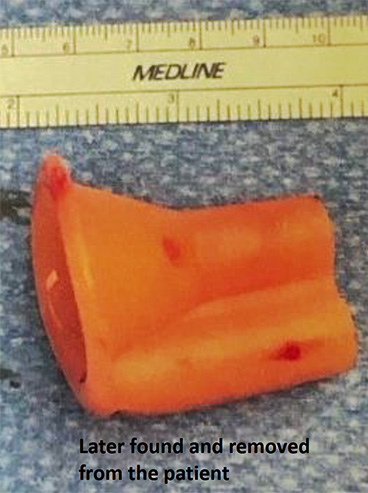Foreign object errors consist of surgical items left behind after surgery.
A sponge, a surgical instrument or a piece of a surgical instrument left behind in a patient’s body during surgery should NOT happen. Medicare calls this a ‘Never Event’. Yet, it still does. Despite all the rules and regulations and guidelines and policies issued by AORN, the Association of perioperative Registered Nurses, or the Association of Surgical Technologists which define the responsibilities of scrub techs during surgery, objects are still left behind inside the patients body during surgery unintentionally. This event is often referred to in medical parlance as a ‘retained foreign object’ or ‘unintentional retained foreign object’. This error cause one or more unnecessary surgeries, additional pain and suffering, anxiety and recovery time for the patient—all of which should never occur.
An unintentionally retained foreign object is not the only ‘Never Event’ CMS (Medicare) has identified. Other CMS ‘Never Events’ include (but are not limited to): operation on the wrong body part, the wrong patient, the wrong procedure performed etc. A complete list of ‘Never Events’ can be found at: https://www.cms.gov/newsroom/fact-sheets/eliminating-serious-preventable-and-costly-medical-errors-never-events
The foreign object error in the photo is a perfect example of negligence.
Depicted is a piece, the tip, of a Stryker Interpulse Lavage device which was left inside a patient during a hip replacement surgery. The tip of the device was inserted inside the patient’s body to irrigate the wound during surgery. The tip became detacted from the device and was left inside the patient for several weeks. The patient was complaining of something popping and moving around inside his hip joint. Follow up x-rays showed the presence of the foreign object, the tip. The patient had to undergo a second surgery to remove the device and had to receive several weeks of antibiotics to prevent infection.
National hospital policies and protocols mandate that providers inspect all instruments and devices that are placed inside and removed from a patient’s body during surgery for intactness. Despite this the hospital and the physician both initially denied negligence and then later tried to blame the other. The case was ultimately resolved favorably for the patient as it should have been from the outset.



